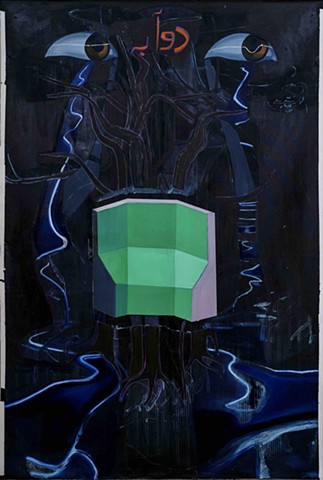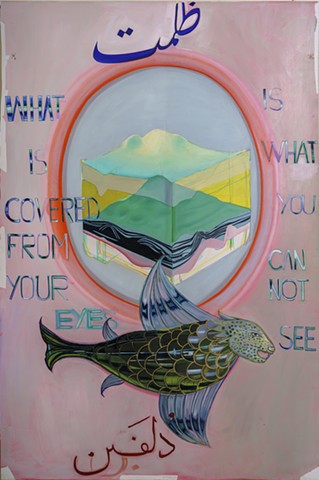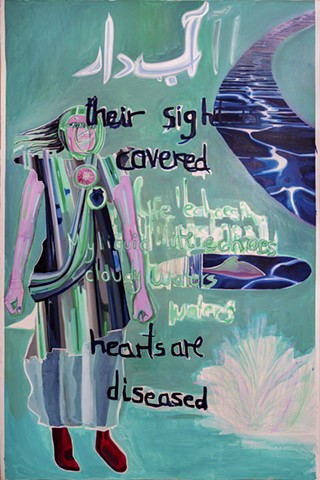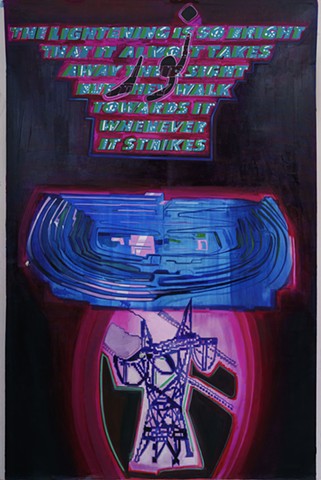Hungry Shores
An expedition was made around the barrages on River Indus to record Indus dolphins that momentarily swim above waters to draw in a breath of air. This river species evolved over millions of years to adapt to the muddy waters of Indus, letting go of its eyes and relying on sonar for communication. Indus is a dark river because ‘young’ Karakorum mountains continue to erode and silt the rivers. In geological time the dolphins are as old as the nearby coal mines in Thar. During irrigation projects of the British Empire, barrages were constructed/planned to divert water and to make water more productive for barren regions of Sindh and Punjab. The dolphin habitat is now between barrages, limiting their gene pool and their natural environment. The colonial water irrigation project still continues in the form of hydropower mega dams and other infrastructures like the coal-fired power plants for producing energy. This top-down approach has illuminated urban centres, but create inequality and stark poverty, as resources are pushed for elite centres. I use the metaphor of the dolphins' slow blindness to the blind use of nature by extracting aquifers for mining and using water as a machine for productive use.
In March 2023 ,Saba Khan and Zulfikar Ali Bhutto undertook an expedition around the areas of Guddu Barrage (1956-1962) and Sukkur Barrage (1923-1932)for research around the habitat of the famous Blind Indus River Dolphin.
This expedition culminated in the series " Hungry Shores", which opened on Tuesday April 16th 2024 , from 4 - 7 pm @ Canvas Gallery.
Saba Khan uses the metaphor of the dolphins slow blindness to the blind use of nature by extracting aquifers for mining and using water as a machine for productive use.
Two person show
April 2024
Canvas Gallery, Karachi, Pakistan




